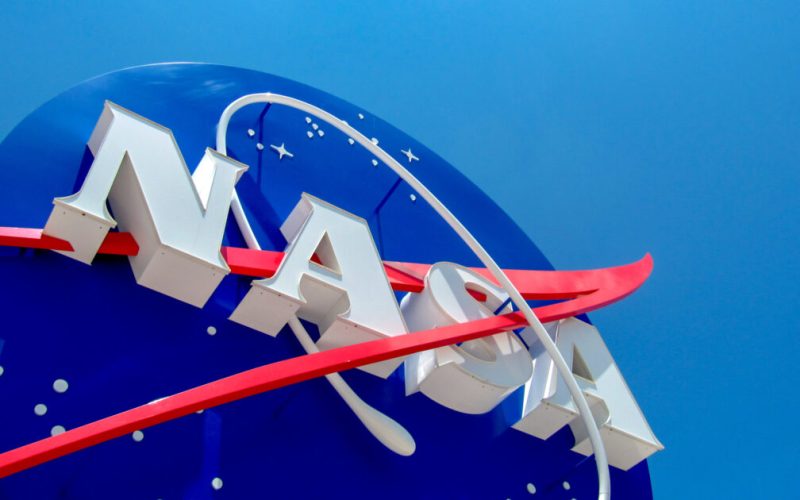The Trump administration has instructed NASA to prepare termination plans for two major satellite missions that monitor carbon dioxide and plant health globally, according to current and former NASA officials. The missions—known as the Orbiting Carbon Observatories (OCO)—are the only federal satellites specifically designed to track planet-warming greenhouse gases.
One of the missions, a stand-alone satellite, would be destroyed as it re-enters Earth’s atmosphere if decommissioned. The other, mounted on the International Space Station, may be privatised. NASA is reportedly exploring options for handing over its maintenance to universities or private companies.
Despite being state-of-the-art and recommended for continued operation until at least 2027, the missions are now under threat, with no public explanation for the administration’s decision. The data from these satellites is widely used by scientists, agricultural agencies, and energy companies to monitor climate change, crop yields, drought conditions, and global carbon flows.
NASA employees have been instructed to draw up “Phase F” plans—outlining end-of-mission procedures—according to multiple sources, including former NASA scientist David Crisp, who designed the OCO instruments. Several academic researchers confirmed they were consulted on the shutdown, though they spoke anonymously to protect NASA staff from possible retaliation.
Congress has already funded the OCO missions through September 2025. However, President Trump’s proposed FY2026 budget calls for cuts, prompting fears of premature programme termination. Lawmakers, including Rep. Zoe Lofgren, have warned that stopping funded missions would be illegal and undermine the U.S.’s ability to respond to climate threats.
The missions have proven even more valuable than expected. In addition to carbon monitoring, they inadvertently measure plant photosynthesis, generating high-resolution data used for farming, drought forecasting, and national security assessments linked to climate-driven migration. Despite a $750 million investment to develop and launch the missions, keeping both operational costs around $15 million annually—a small fraction of the original cost. Experts argue that ending the programme would waste taxpayer investment and cut off crucial climate data just as the need for it grows.




















